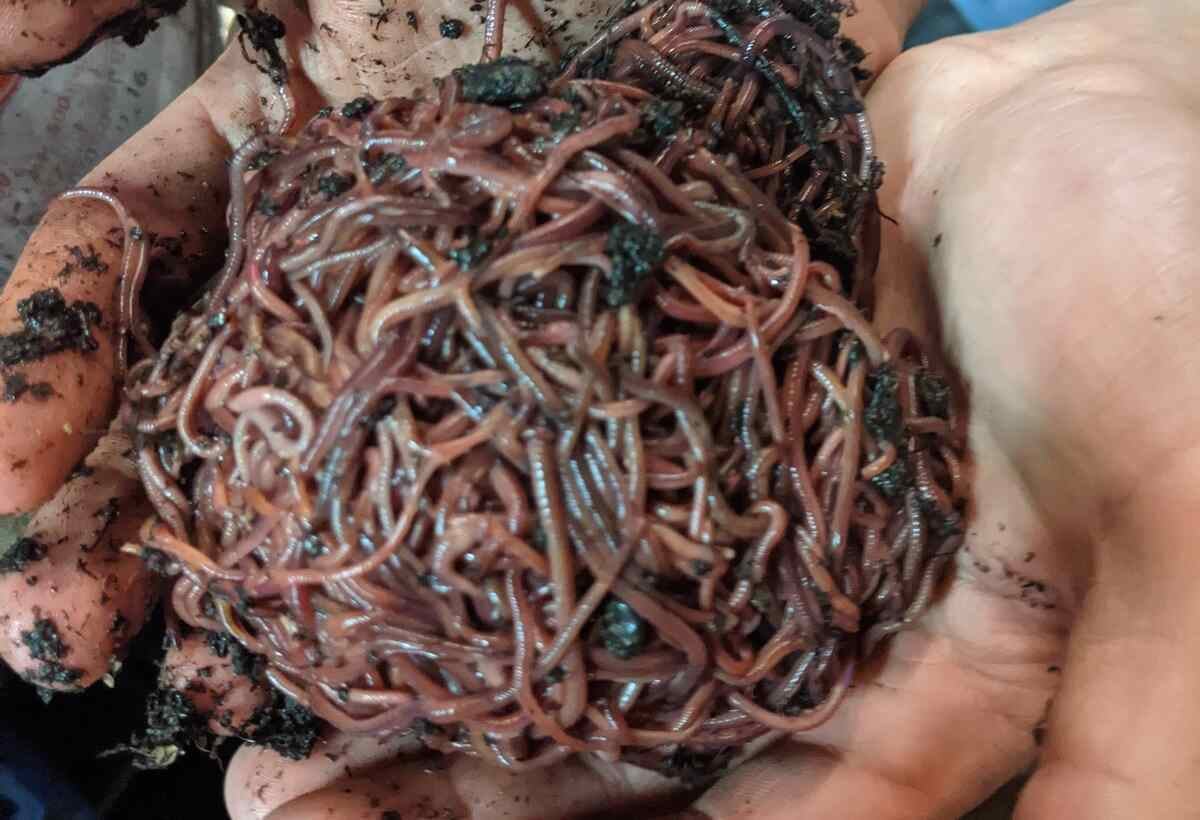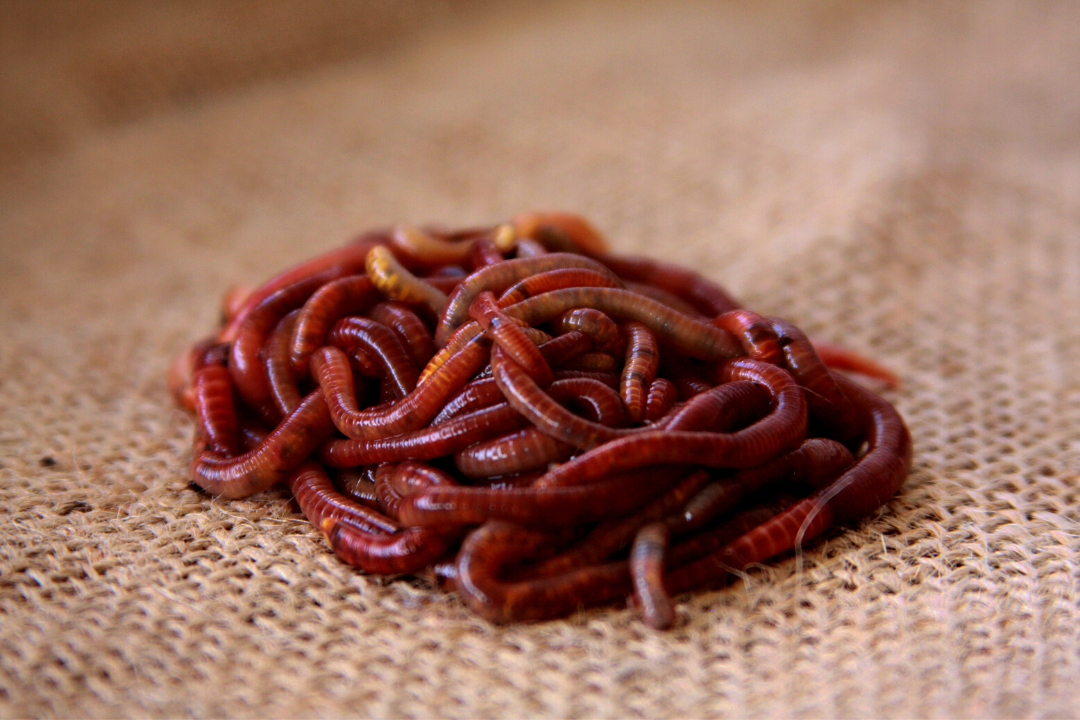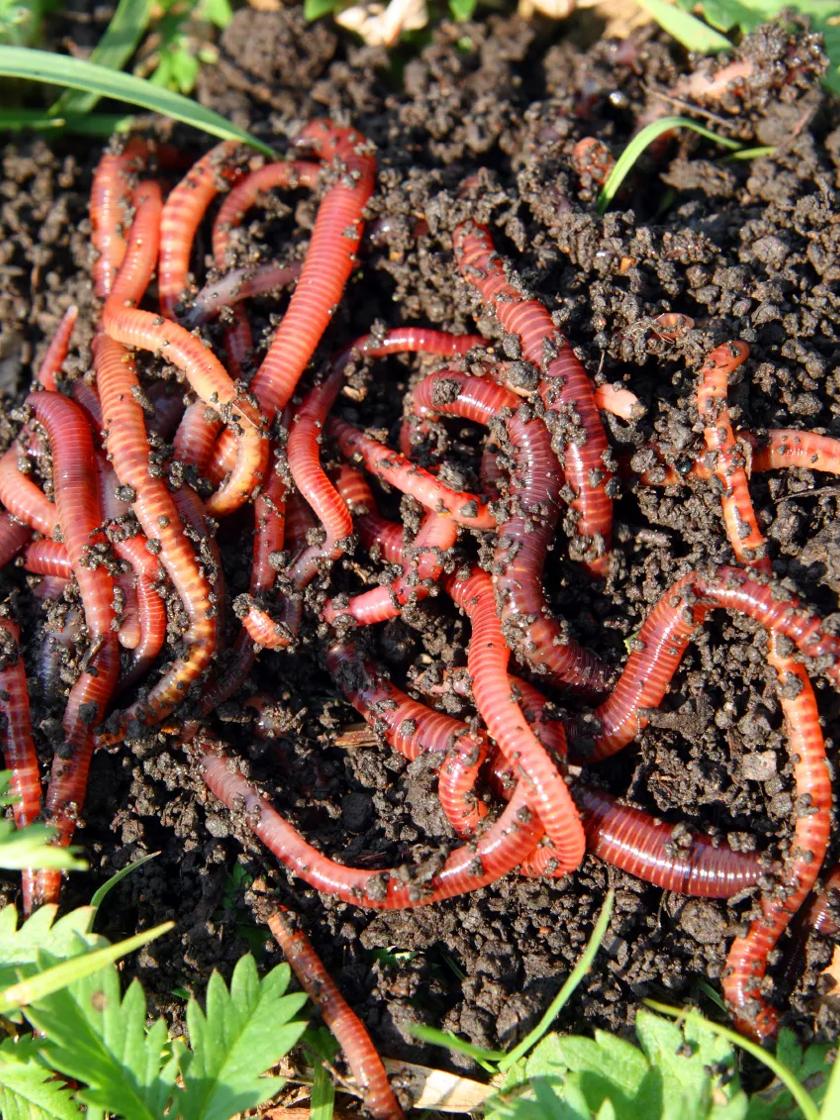Red Wiggler Express: The Best Source for Fresh Worms and Bait
Red Wiggler Express: The Best Source for Fresh Worms and Bait
Blog Article
Unlock the Keys of Red Wigglers: Your Overview to Composting Success
The integration of red wigglers into composting techniques presents a substantial opportunity for enhancing dirt wellness and advertising sustainability. These microorganisms are not just efficient recyclers of organic waste; they offer a myriad of benefits that can transform yard management. Recognizing their demands and behaviors is crucial for optimizing their potential, from setting up an ideal worm container to feeding them the appropriate materials. As we check out the vital components of effective vermicomposting, one may question exactly how these small creatures can bring about a much more lively and efficient yard environment.

What Are Red Wigglers?
(Lake Rhodhiss Bait)Red wigglers, clinically understood as Eisenia fetida, are a types of earthworm primarily made use of in composting as a result of their amazing ability to decay raw material efficiently. These worms are defined by their reddish-brown coloration and a segmented body, usually measuring in between 3 to 4 inches in size. Unlike various other earthworm types, red wigglers grow in rich, natural atmospheres, making them excellent for vermicomposting systems.
Belonging To The United States And copyright, they are frequently discovered in rotting leaves and garden compost piles, where they play a crucial function in nutrient recycling. Their adaptation to staying in a wet, cardiovascular environment enables them to consume huge quantities of organic waste, breaking it down into nutrient-rich spreadings that improve dirt health and wellness.
Red wigglers duplicate rapidly, with a single worm with the ability of creating numerous cocoons every week, each having multiple hatchlings. This rapid reproduction rate adds to their performance in composting procedures. They like temperatures in between 60 ° F and 80 ° F, and their task level boosts dramatically within this range, additional assisting in the decay process. Comprehending the biology and behavior of red wigglers is important for maximizing their potential in composting applications.
Advantages of Making Use Of Red Wigglers
Using the power of red wigglers in composting provides various benefits that enhance soil wellness and promote lasting waste management. These amazing organisms efficiently damage down organic issue, changing kitchen scraps and backyard waste into nutrient-rich vermicompost. This finished product is remarkably valuable for plant development, as it improves dirt structure, boosts dampness retention, and enhances vitamins and mineral schedule.

(Lake Hickory Bait)Furthermore, the visibility of red wigglers in your composting system can increase the composting process, producing premium garden compost in a portion of the moment compared to traditional methods. The castings generated by these worms are additionally teeming with helpful microbes that further enhance the soil community.
Establishing Your Worm Bin
Creating an effective worm bin is a straightforward procedure that can substantially improve your composting initiatives. The very first step is picking a suitable container. Worm containers can be made from plastic storage space containers, wooden boxes, or commercially available worm bins. Make certain the container has appropriate drainage and air flow openings to keep ideal moisture levels and air movement.
Following, prepare the bedding material, which works as the worms' habitat. A mix of shredded paper, cardboard, and coconut coir works well, giving a comfy atmosphere for the worms. Objective for a bed linen deepness of concerning 4-6 inches. Dampen the bedding lightly, guaranteeing it appears like a wet sponge without excess water merging at the base.

Feeding Your Red Wigglers
To make sure the health and efficiency of your red wigglers, it is vital to give them with a well balanced diet regimen that fulfills their dietary demands. Red wigglers grow on a diverse array of organic products, which not just supply required nutrients however likewise advertise efficient composting.
Start by integrating kitchen scraps such as vegetable peels, fruit cores, and coffee grounds. Prevent citrus fruits, onions, and garlic, as these can be damaging to worm health and wellness. In addition, present shredded paper, cardboard, and completely dry leaves to produce a well-aerated environment.
Feeding frequency need to be kept track of; usually, worms can consume half their body weight in food weekly. It is critical to avoid overfeeding, as excess food can cause undesirable odors and draw in parasites. A good method is to include food in small amounts, permitting worms to process it before introducing extra.
Maintaining wetness degrees is additionally vital; the bed linen must perspire however not soaked. Lastly, make certain to consistently check the temperature and pH levels of the bin to make sure an optimum environment for your red wigglers, ultimately improving their composting effectiveness.
Harvesting and Making Use Of Compost
An effective composting process with red wigglers finishes in the abundant, dark garden compost understood as vermicompost, which can substantially boost dirt wellness and plant development. Gathering this nutrient-dense product commonly happens every three to six months, depending upon the size of your system and the amount of natural issue being refined.
To collect, delicately different the compost from the worms and any type of undecomposed materials. One efficient method includes relocating the materials of the container to one you can try these out side and adding fresh bedding and food to the vacant room, motivating the worms to migrate. After a couple of days, the compost can be accumulated from the opposite side.
It is essential to use vermicompost appropriately to maximize its benefits. By including vermicompost into your horticulture routine, you not only reuse natural waste but likewise develop a flourishing ecological community that supports sustainable horticulture techniques.
Conclusion
In recap, red wigglers serve as phenomenal allies in composting initiatives, changing natural waste into nutrient-rich vermicompost. By understanding the optimal conditions for their habitat, feeding demands, and garden compost harvesting techniques, garden enthusiasts can boost soil health and promote plant vitality.
Report this page